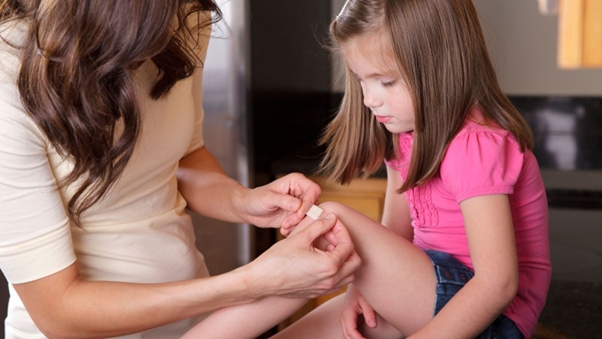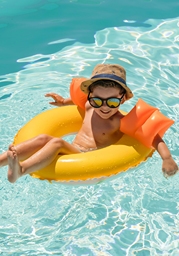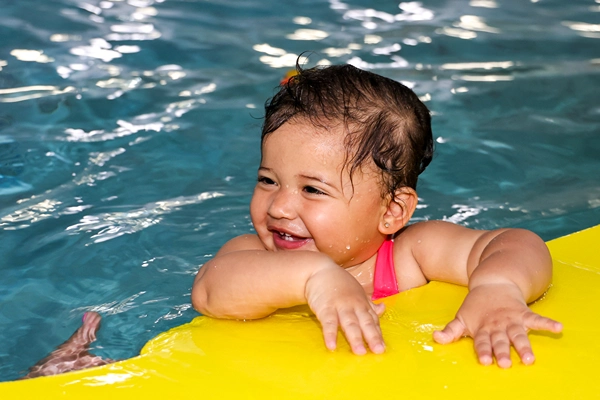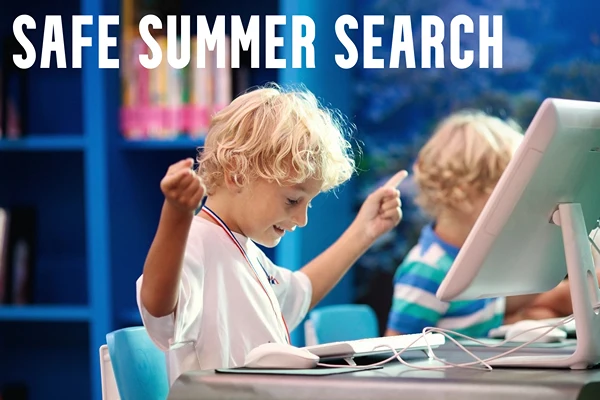Safety Tips to Teach Your Kids Before College
College is your children’s first real taste of independence. Although autonomy is exciting, it can also be scary. Once your kids move out of their comfort zones and exit the safety bubble your home provides, they must rely primarily on themselves for everything, especially protection. Can your children stay out of harm’s way?
As a parent, you must train your children about personal safety before pursuing their studies. Experience is the best teacher, but some lessons are better to learn theoretically than firsthand.
Most Common Crimes College Students Fall Victim to
Forcible sexual offenses and property crimes are the most prevalent illegal activities in postsecondary educational institutions. Rape and fondling account for 44% of reported on-campus crimes, victimizing women at a higher rate than men.
Regarding property crimes, college students are vulnerable to burglary and motor vehicle theft. Aggravated assault and arson are also causes for concern within school premises.
Off-campus, your children are susceptible to vehicular accidents, regardless of whether they drink, drive or both. While gun violence occurs less in college than in high school, mass shootings are nevertheless not unheard of.
5 Safety Tips to Give Your Incoming College Freshmen
Exposure to physical danger is an unfortunate consequence of leaving the nest for college. It’s unavoidable because even the safest campuses in the United States can never guarantee zero crime incidence at all times. Smarten your kids up with these five pieces of sage advice to protect themselves from any conceivable threats in college.
1. Be Aware of School Amenities and Services
Colleges and universities deter crime by observing various precautions to keep student bodies safe. Many use a combination of access control systems, video surveillance cameras, alarms and automatic illuminators. Many also have emergency buttons that immediately contact 911 when pressed.
Academic organizations may collaborate with the local police department to prevent crime. Law enforcement officers may offer late-night transportation to students living off campus or escort those who feel unsafe walking alone after dark.
While schools may have bars on campus, most have substance use policies to regulate alcohol consumption and ban drugs, including medical marijuana, on college or university property. Many states permit educational institutions to decide whether to allow students and staff to carry concealed weapons on campus grounds.
Your children may learn everything they need to know about campus security during student orientation. However, you should also be aware of them to help your kids maximize them for their personal safety.
2. Walk With Confidence
Criminals and bullies usually go after vulnerable individuals because they avoid resistance as much as possible. They typically prey on the meek and assured to get away with their malicious acts unscathed.
Perception is everything. Remind your children to observe proper posture and demonstrate confident body language to communicate their strength to others. They can project self-assuredness by keeping their heads up, scanning the area when walking and making casual eye contact. Tell your kids to keep their eyes off their electronics when moving to be aware of the surroundings.
Confidence is one thing — cautiousness is another. Tell your kids never to put themselves in a disadvantageous situation, no matter how much they believe in their abilities. Staying in well-lit and populated areas is wise because there’s safety in brightness and strength in numbers.
3. Be Mindful of All Belongings
Leaving valuables unattended is a rookie mistake. Advise your children to safeguard their possessions, especially if losing them would make college life more challenging. Thieves love targeting bikes, laptops, smartphones and textbooks. Cybersecurity also becomes a major concern because devices hold a wealth of personal data, opening students up to potential identify theft and the compromising of online accounts.
4. Don’t Overshare Online
Digital natives may not value privacy as much as the older generations because young adults grew up using social media.
As a person who knew life before the internet, you should remind your children to avoid treating Facebook, YouTube, Instagram, TikTok and X as a journal. Posting life updates can be dangerous because of lurking cyberstalkers.
Cyberstalking can be benign. However, dubious people may dig up any information on your kids for whatever nefarious reason.
It’s better to be safe than sorry, so warn your children against updating the world on their routine, plans and location. If they want to share their thoughts online, highly encourage them to use their privacy settings accordingly to filter out prying eyes on social media.
5. Notify Others of Their Whereabouts
Tell your kids to keep a trusted person in the loop about where they’re going, especially when they may spend some time with a stranger in an enclosed space. It doesn’t have to be you — it can be a close friend or a respected mentor. If something happens, a concerned individual can contact the authorities and provide them with a lead to find and rescue them as soon as possible.
Instill the Importance of Personal Safety in Your Children
Your kids are on their own when they begin their college life. You can’t always protect them at all times once they leave the nest, so impart practical personal safety advice to them while they still live with you.
 Author bio: Cora Gold is the Editor-in-Chief of women’s lifestyle magazine, Revivalist. She strives to live a happy and healthy life with her family by her side.
Author bio: Cora Gold is the Editor-in-Chief of women’s lifestyle magazine, Revivalist. She strives to live a happy and healthy life with her family by her side.
Follow Cora on Facebook and LinkedIn.










